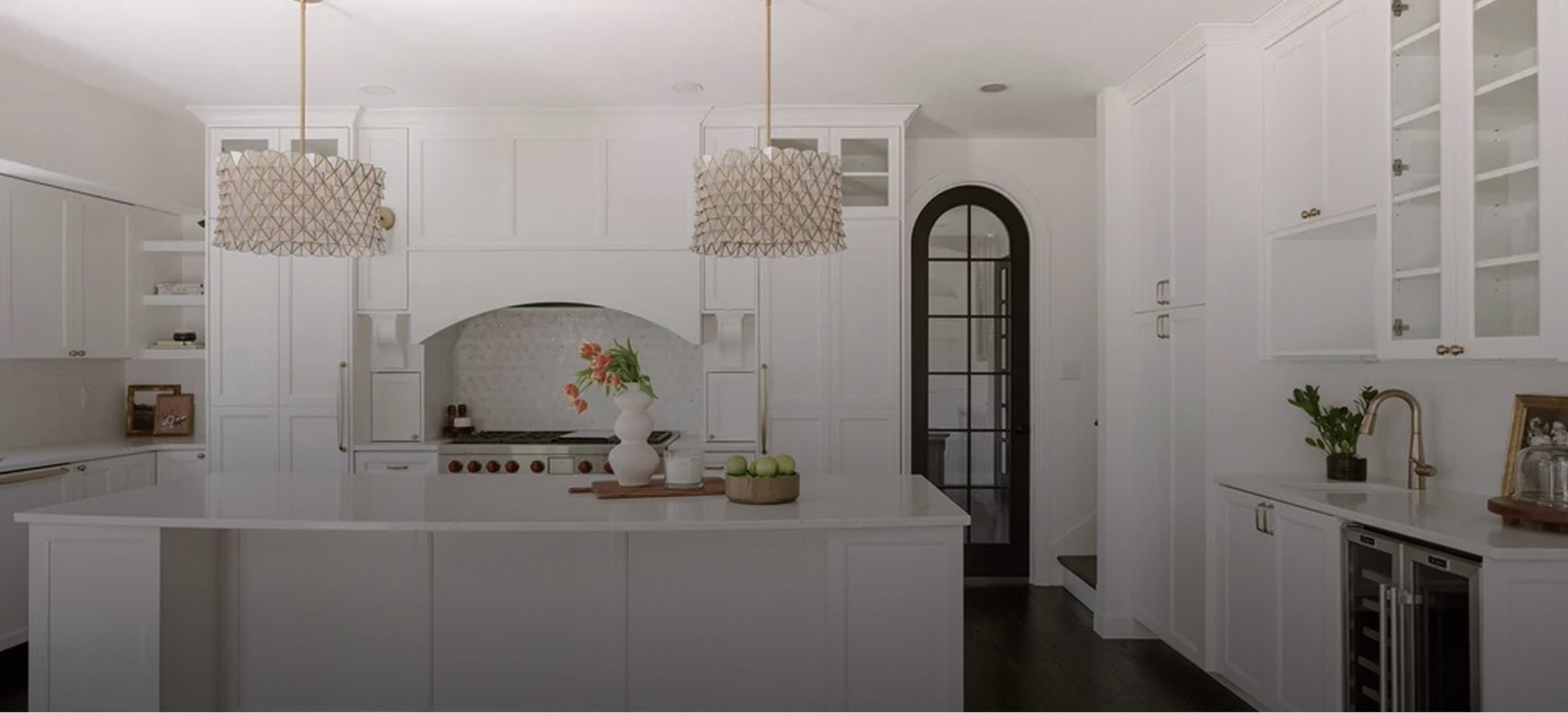
In the dynamic world of construction and design, it’s crucial to have a clear understanding of the roles played by professionals in the field. Contractors are at the heart of every construction project, but they often collaborate with various specialists, including engineers, architects, and interior designers. In this comprehensive guide, we’ll delve into the distinct roles of these experts and shed light on how they contribute to the success of a project. Let’s embark on a journey to explore the fascinating world of construction and design.
The Foundation: Contractors
Contractors are the backbone of any construction project. They are responsible for bringing a project to life, translating blueprints and designs into tangible structures. Contractors are masters of execution, overseeing every aspect of the construction process. Their role encompasses project management, labor coordination, material procurement, and compliance with safety regulations.
Key Responsibilities of Contractors:
- Project Management: Contractors are skilled project managers. They ensure that projects stay on schedule, within budget, and meet quality standards.
- Coordination: They coordinate various teams, including subcontractors, laborers, and suppliers, to ensure seamless workflow.
- Budgeting: Contractors manage project budgets, tracking expenses and optimizing resource allocation.
- Quality Control: They ensure that the construction adheres to local building codes and standards.
The Architects: Visionaries of Design
Architects are the creative minds behind the aesthetics and functionality of a building. They bridge the gap between the client’s vision and the practicality of construction. Architects carefully consider every aspect of a structure, from its overall layout to the finer details of design.
Key Responsibilities of Architects:
- Design Conceptualization: Architects develop the initial concept and design, focusing on functionality, aesthetics, and sustainability.
- Blueprint Creation: They produce detailed architectural plans, including floor plans, elevations, and cross-sections.
- Material Selection: Architects choose materials that align with the design and budget while ensuring durability and safety.
- Regulatory Compliance: Architects ensure that the design meets zoning regulations and obtain necessary permits.
Engineers: Masters of Structural Integrity
Engineers bring the structural integrity and safety to a construction project. They specialize in designing and analyzing the systems that support buildings, such as foundations, structural frames, electrical, and mechanical systems. Engineers ensure that the building will stand the test of time.
Key Responsibilities of Engineers:
- Structural Analysis: Engineers perform structural analyses to ensure buildings can withstand various loads, such as wind, earthquakes, and snow.
- System Design: They design systems for plumbing, heating, ventilation, electrical, and more, ensuring functionality and efficiency.
- Material Specification: Engineers specify the materials needed for the project, factoring in strength, durability, and cost-effectiveness.
- Code Compliance: Engineers ensure that all designs adhere to local and national building codes and regulations.
Interior Designers: Crafting Spaces
Interior designers focus on the aesthetics and functionality of interior spaces. They collaborate with architects and contractors to create inviting, functional, and visually appealing interiors that meet the client’s needs and preferences.
Key Responsibilities of Interior Designers:
- Space Planning: Interior designers plan the layout of rooms, considering traffic flow and the efficient use of space.
- Material Selection: They choose furniture, finishes, fabrics, and color schemes that align with the overall design concept.
- Lighting and Acoustics: Interior designers address lighting and acoustical considerations to enhance the ambiance of a space.
- Client Collaboration: They work closely with clients to understand their tastes and preferences, ensuring a personalized design.
Conclusion
In conclusion, while contractors, architects, engineers, and interior designers have distinct roles, they are integral to the success of any construction project. Each profession brings unique expertise, contributing to the creation of functional, safe, and aesthetically pleasing spaces. Collaborative teamwork among these professionals is the key to turning architectural visions into reality. Thanks for reading LBR’s latest tips!







